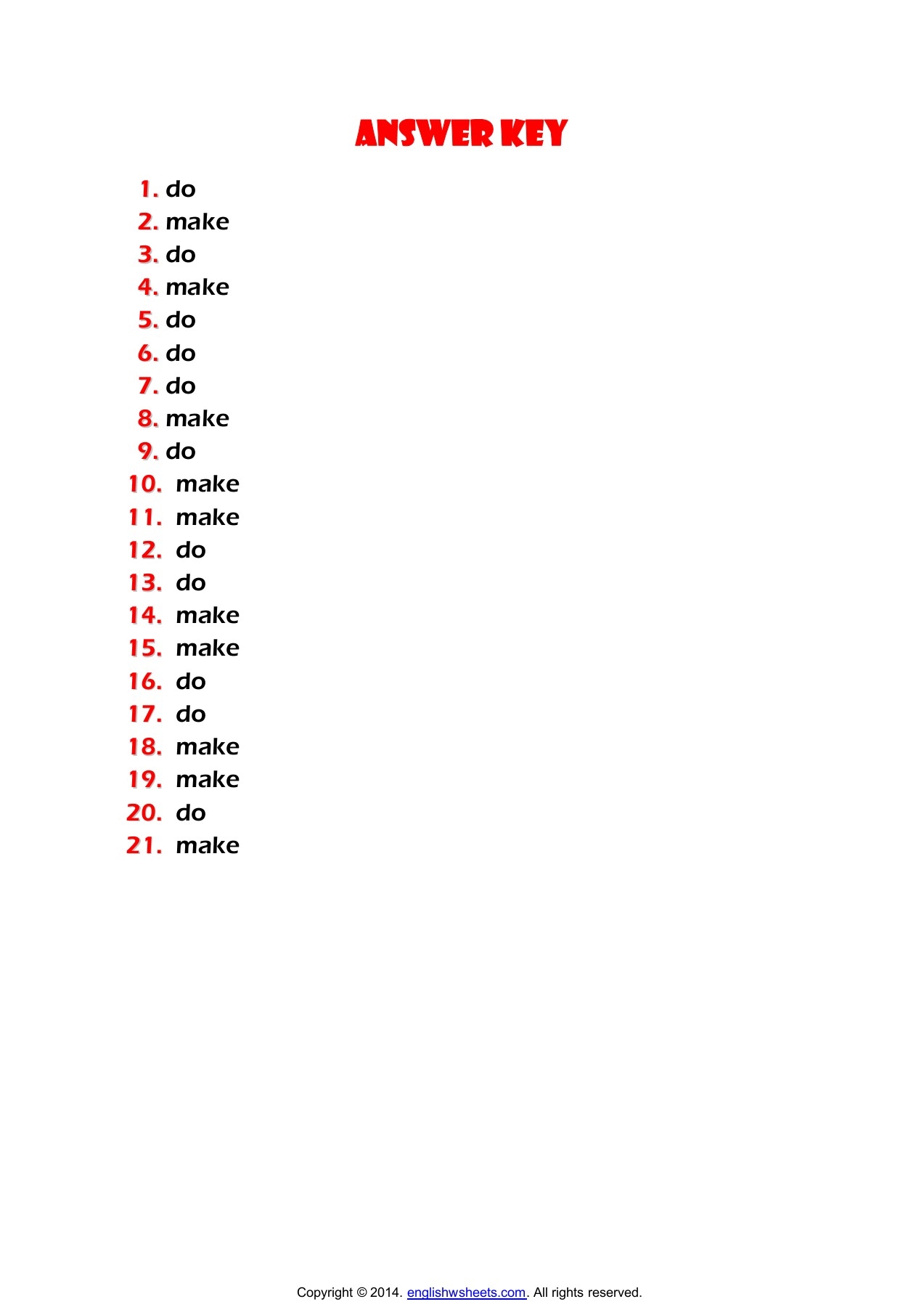Fill in the blanks is a common type of exercise or assessment that is used in educational settings to test a person’s understanding of a topic. It involves providing a sentence or paragraph with missing words, phrases, or numbers that the participant must fill in to complete the sentence or paragraph.
This type of activity is often used to reinforce learning and help students retain information by actively engaging them in the process. It can also be a fun and interactive way to test knowledge and comprehension in a more creative manner.
Make Fill in the Blanks
One way to make fill in the blanks more engaging is to incorporate visuals or multimedia elements into the exercise. For example, you could provide a picture or video that relates to the topic and ask participants to fill in the missing information based on what they see.
Another idea is to create a competitive element by turning the fill in the blanks exercise into a game. You could set a timer and see who can fill in the most blanks correctly in a certain amount of time, or you could create teams and have them compete against each other to see who can fill in the blanks the fastest.
Additionally, you could tailor the fill in the blanks exercise to specific learning objectives or outcomes. For example, you could focus on vocabulary or grammar by providing sentences with missing words that students must fill in with the correct word. Or you could use fill in the blanks to test comprehension by providing sentences with missing information that students must fill in based on their understanding of the material.
Overall, fill in the blanks can be a versatile and effective tool for assessing and reinforcing learning in a variety of educational settings. By making the exercise engaging, interactive, and tailored to specific learning objectives, you can enhance the effectiveness of fill in the blanks activities and help students retain and apply the information they have learned.
In conclusion, fill in the blanks is a valuable tool for assessing and reinforcing learning in educational settings. By incorporating visuals, turning the exercise into a game, and tailoring it to specific learning objectives, you can make fill in the blanks more engaging and effective for students. So next time you’re looking for a creative way to test knowledge and comprehension, consider using fill in the blanks as a fun and interactive exercise.
